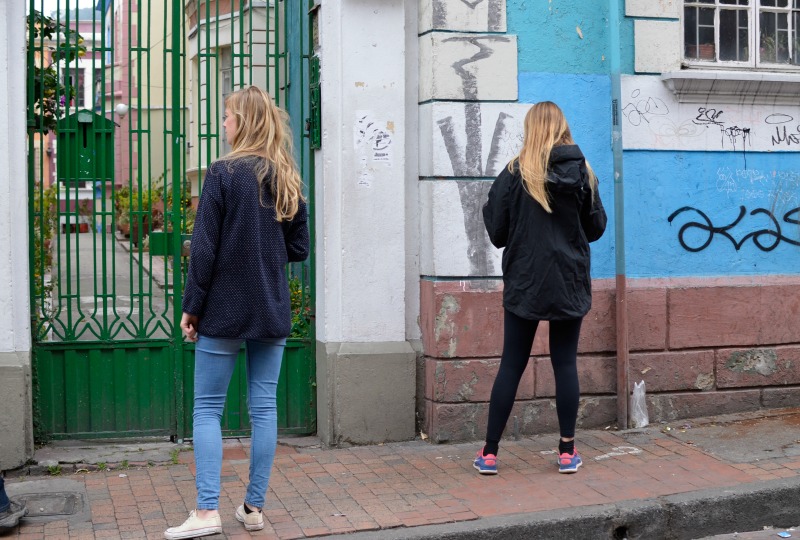
A woman stands on a busy street in Bogota with a pole in her hand.
“Minutos, minutos!”she calls.
She leans the pole against the side of her hip. Metal chains are attached to five, six, seven mobile phones.
My friend and I stop by the woman and ask to use one of the phones. She punches the number in then hands it back, casually looking around: at the traffic, at her phones, at the man selling empanadas across the street. My friend talks for a couple of minutes and then gives her the mobile and some coins before we walk away.
Selling mobile minutes from the side of the road is big business. Well, I don’t know if it’s all that big, but it’s certainly common.
“Do people sell minutes in Australia?” my friend asks as we make our way down the street.
“No they don’t”
“So, what happens if you’re out and you’ve forgotten your mobile, or you don’t have credit?” he said.
“I guess you just always have a phone on you, or if you really need to call someone you use a payphone, but they’re not even that common anymore either.”
How do we manage without these black market minute managers?
All of this got me thinking about some of the cultural and social differences between Australia and Colombia. Of course there are many, many more, too many to mention here. The countries have very different cultural, social, economical and political histories but these are just a few differences that I’ve noticed in everyday life in each of the countries from my own humble perspective. Hopefully this will come in handy for those looking to move to either Australia from Colombia, or vice versa.
1. Multiculturalism
One thing that I noticed while living in Colombia was how much I had taken multiculturalism for granted in Australia. In larger cities around the country there is such a mix of people from diverse cultural backgrounds and religious affiliations, which I love. Walking down the street in Brisbane you can hear several different languages being spoken and it has become part of the cultural identity of the country. That level of multiculturalism isn’t visible in Colombia, it’s much more subtle. There are many indigenous groups within Colombia, as well as a percentage of people who are descendants of the Spanish as well as African and other groups. Perhaps multiculturalism will become more visible as the country further extends its interest in tourism and investment.
2. Cost of living
You might assume that the cost of living in Colombia is quite low because of the strength of the U.S. dollar (or maybe you’ve assumed that all of South America is just dirt cheap). Not so! The cost of living in Colombia can be comparable to Australia in some ways. While things like property, rent and dining out can be quite expensive in Australia, the prices for white goods and groceries in parts of Colombia can be just as expensive or even more! Things like tours around the country, accommodation and experiences are so so much cheaper in Colombia, though.
3. Environment
Growing up in Australia, the importance of the environment was really drilled into me as a child. I only realised this growing up trying to educate my parents about the importance of conserving water, recycling, and picking up rubbish off the beach. I remember watching my dad shave in the bathroom and rushing over to turn off the tap while he wasn’t using the water pouring out. The environment, the bush, the beach, is such a huge part of our national identity and we’re often taught to protect and conserve it during primary school and beyond. That same cultural identity is clear in Colombia and while there are organisations doing their bit to stop mining and protect certain ecosystems, I feel that the average Joe, as well as local industry, still has some way to go when it comes to respecting the environment. How great it would be to see local beaches and rainforests free from used plastic bottles and empty containers.
4. The food
In Colombia almost every region of the country has a signature dish or dishes. Australia doesn’t exactly work like that. While Australia is a very large country, in terms of land, we have a comparative small population and a very short colonial history. Australia was colonised in 1788 and people have since migrated to the country from all different areas of the globe, there aren’t local dishes that represent different areas of the country. Except, of course, for local indigenous communities, who have their own regional dishes and ingredients. The closest you might come to a plato tipico in colonised Australia is fish and chips on the coast, or a meat pie with sauce after a football match in Melbourne.
5. Indigenous culture
It really surprised me to find that many people I spoke to in Colombia didn’t realise that Australia has an indigenous community. I find it upsetting to find that a lot of people (around the world) assume Australians are mostly white people with blonde hair and blue eyes who surf all the time. That’s just not the case. Australia’s indigenous community is said to be the oldest first nation peoples on the planet, with a history of more than 40,000 years, some estimate that it’s more like 45,000 years. In Colombia it seems that indigenous culture is a lot more visible, as well as celebrated and appreciated. Whether or not that appreciation and celebration means respect and opportunity, I’m not sure. But I hope so.
6. The weather
Because the equator runs right through Colombia, the weather varies from city to city, town to town. The varying altitudes can also change the weather patterns drastically. In a relatively concentrated area you can go from desert to snow-capped mountains to the Caribbean. Australia is equally diverse, but over a large area and the same weather patterns generally aren’t available all year round. There are snow-capped mountains in winter, for example, hot climate in the cities during the summer and the leaves fall of the trees in the autumn, but only in some parts of the country. Other areas of Australia are desert, cold all-year-round, or stifling hot with a never-ending wet season.
7. Romantic relationships
Now, this is an interesting one. Relationships in Colombia and relationships in Australia are two very different things. Now, I can’t really speak for Australia as a whole on this one, because as I’ve mentioned above there are so many different cultures and backgrounds and that has a big impact on family values and relationships. But I’ll let you know about my own experiences, in my own circle of friends and family. For a lot of people I know, it’s not uncommon for couples to live together rather early in their relationships. And these couples don’t necessarily have to worry about formalities like engagements or wedding proposals before living together, either. Oh no. If you want to live with your significant other after dating them for three months, go for it. In Colombia I found that that is not all that common. Because Catholicism has had such a deep-rooted influence on how people live their daily lives, many are influenced by these family family values and don’t live with their partners until they’re married.
8 Living arrangements
This is partially related to relationships, but I found that more people in Colombia live with their parents until they’re married. In Colombia I think that’s because of a mix of financial pressure and the moral obligation to hold on living with a significant other until marriage. In Australia as soon as you turn 18 and you have a job, you’re likely going to at least attempt to move out. Often that means you move out and then move back in, and then out again, and then realise that stuff is expensive and then move back again. If you’re lucky to have generous and loving parents, that is.
What do you think about the differences between living in Colombia and Australia? What have been your experiences? Let us know in the comments section below.
Pin this post for later!
Sign up to receive your FREE eBook
[mc4wp_form]

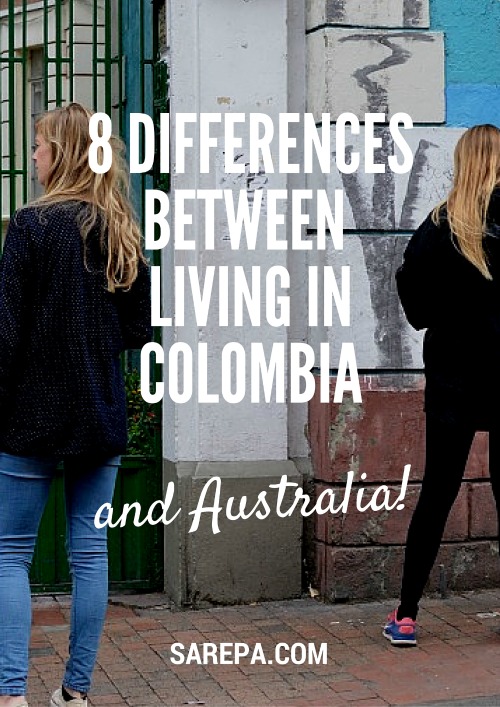
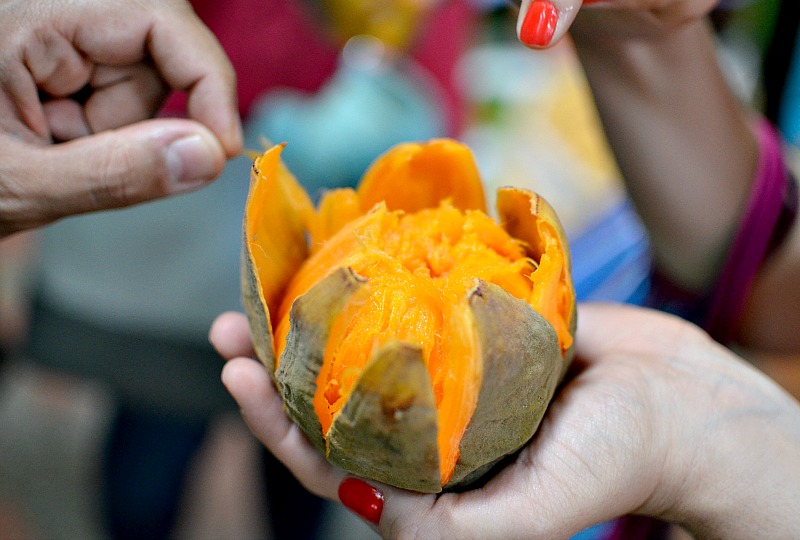
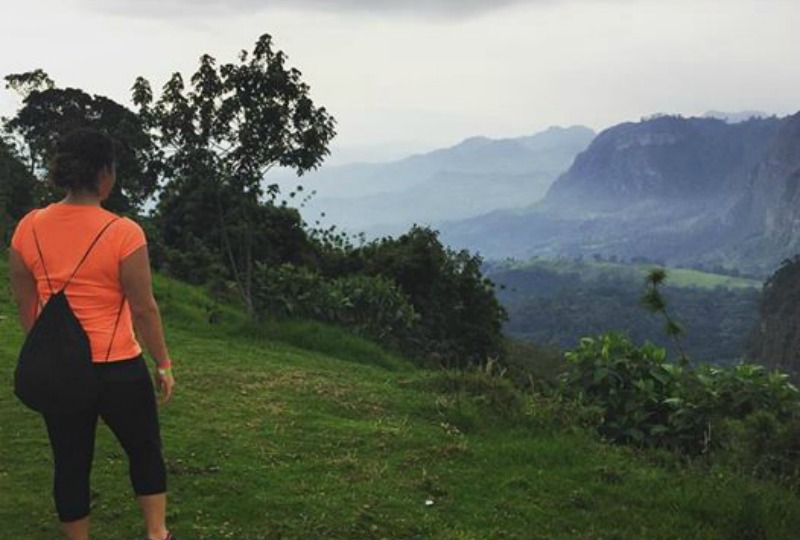
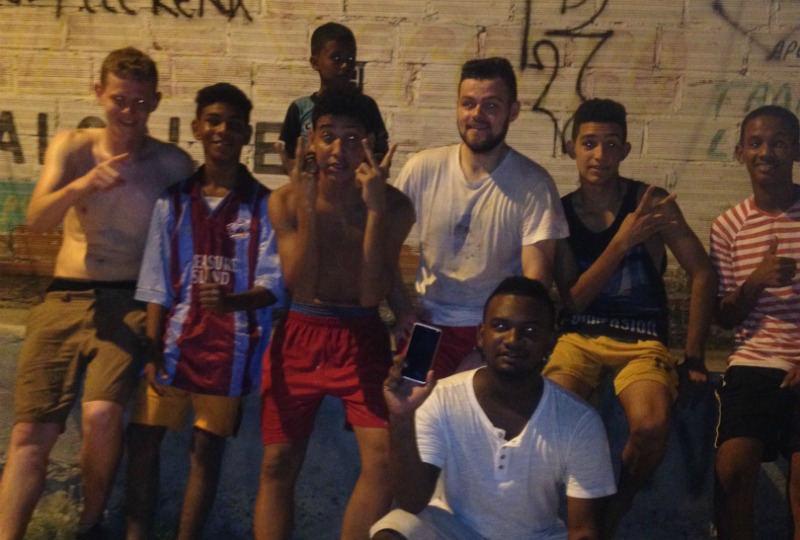

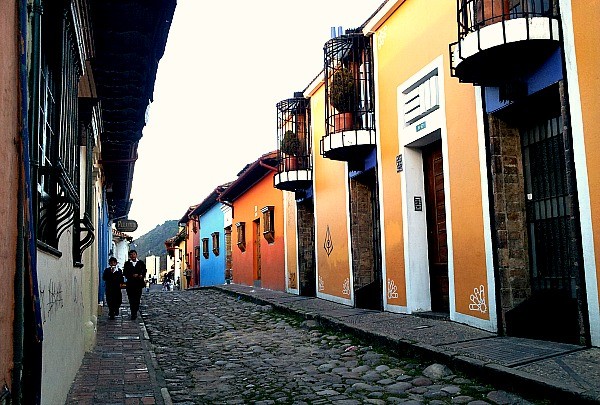


I think we don’t appreciate the multiculturalism we have, and the impact it has on food andand our understanding of the world, until we leave Australia. There are so many different cuisines I crave every time I go home, starting with the dumpling houses. About a year ago, I read an article in the La Sabana University paper stating that only 19% of Colombians are actually married. That was really surprising, but then I do know lots of Colombians who live in union libres, starting with my in-laws.
You’re absolutely right, I took it all for granted – the cuisine, the music, events, restaurants, people, everything. My close circle of friends are made up of people from Persia, Ethiopia, the Philippines, Scotland, England, and I’m not sure that global community vibe would have really been available in Colombia. Wow! That is really is a surprising stat!
About marriage, I think it’s getting more common to live with someone way before you get married. Hell, some people never get “officially” married, even though they have children and buy a house together. Someone told me that he didn’t get married bc it’s expensive.
Thanks so much for commenting, Camilo. And that is so interesting. I definitely think these traditions are changing, especially with younger generations. Thanks for your insight.
Hi! I really loved this post, I hope you enjoyed Colombia, I lived in Brisbane for three months and I absolutely loved that city and people there, I didn’t liked so much the weather because I missed a lot Bogota’s weather but the culture and the people that I met form other countries made me feel so happy, it was an amazing time I want to back some day. From my point of view it is not surprising that people don’t get marry nowadays you are right in the point that Catholicism is strong in the country but it is most common in elder people than in younger people so it is too normal to see people living in “unión libre” . Regards!
Thanks so much for commenting Andrea, and that’s a really good point. The younger generation is definitely less conservative when it comes to these traditions. So glad to hear you had a great experience in Australia. I am from Brisbane, too! And you’re right, the weather can be absolutely unbearable. Saludos! 🙂